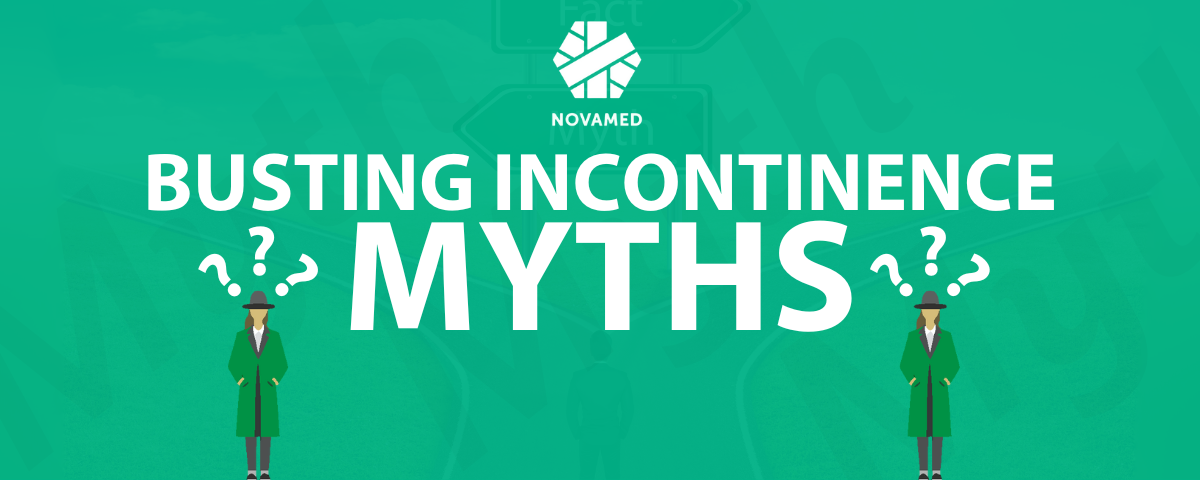
Busting Incontinence Myths
Incontinence is a condition affecting millions of people worldwide, and misconceptions surrounding it can hinder effective management and treatment. Let's debunk some of the most common myths about incontinence to gain a clearer understanding and discover better ways of addressing it.
Medications Alone Can Cure Incontinence
One of the most common myths is that incontinence can be effectively cured solely through medication. While medications can be beneficial, they are not a standalone solution. Effective incontinence treatment often involves a combination of measures, including behavioural changes such as regulating fluid intake and following a bathroom schedule. All these strategies should be implemented under the guidance of a healthcare professional to achieve the best results.
Urinary Incontinence Affects Only Females
Urinary incontinence is often considered a condition mainly affecting females. However, males can also experience this issue, particularly after treatment for prostate cancer. It is essential to recognise that incontinence can affect anyone, regardless of gender.
Incontinence Is Due to Childbirth Alone
While childbirth can indeed trigger incontinence in many women, there are other contributing factors. Women who have never been pregnant or given birth can also develop incontinence due to genetics, lifestyle, and ageing. It is crucial to understand that incontinence has multiple potential causes.
Incontinence Is a Part of Ageing
Another common myth is that incontinence is an inevitable part of ageing. While the likelihood of incontinence increases with age, it is not a certainty. Even young and athletic individuals can develop incontinence due to various reasons, including physical strain and other medical conditions.
Incontinence Affects Everyone in the Same Way
Incontinence is not a one-size-fits-all condition. It affects individuals differently. Some suffer from stress incontinence, which is involuntary leakage of urine during physical activity, while others experience urge incontinence, characterised by a sudden, intense need to urinate. Understanding the type of incontinence is important for devising an effective treatment plan.
Incontinence Is a Minor Health Problem
Contrary to the belief that incontinence is a minor issue, it can have significant impacts on an individual. It can lead to social withdrawal and depression. In older adults, it significantly increases the risk of falls and fractures due to frequent nighttime trips to the toilet. Incontinence should be taken seriously and managed appropriately.
Everyone Should Drink 8 Glasses of Water a Day
This myth can be particularly problematic for those with incontinence. Fluid requirements vary from person to person, and excessive fluid intake can worsen incontinence. Certain drinks, such as those containing caffeine, alcohol, or artificial sweeteners, should be avoided as they can increase urine production.
Wearing Larger Incontinence Products Offers Better Protection
Many believe that wearing larger incontinence products provides better protection. However, larger products can cause discomfort and leakage. Effective management involves using the right product type and size with the appropriate absorbency for the individual's needs.
Conclusion
Understanding incontinence is crucial for its proper management and can significantly improve the quality of life for those affected. Debunking these myths is an important step towards a better understanding and more effective treatment strategies. If you or someone you know is dealing with incontinence, consult a healthcare professional for advice on the best management options tailored to individual needs.
Bladder and bowel incontinence may be caused by conditions which can be treated medically. Please consult your physician for medical advice and guidance.




